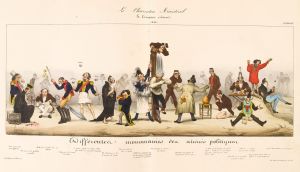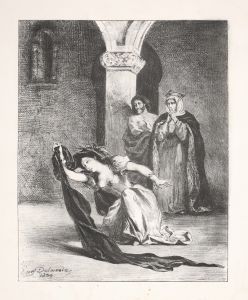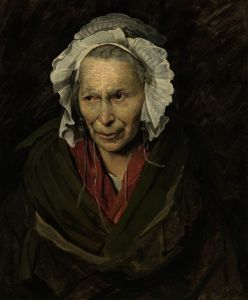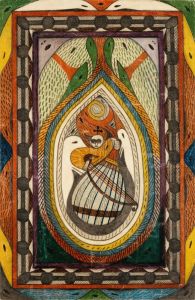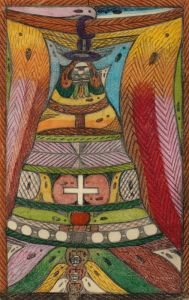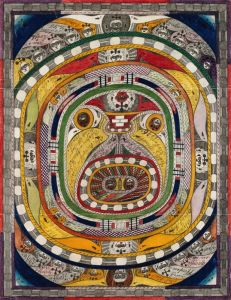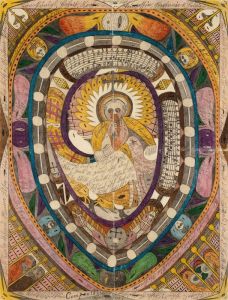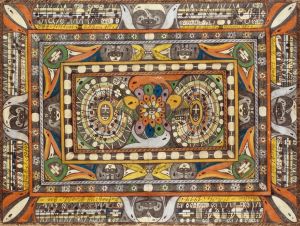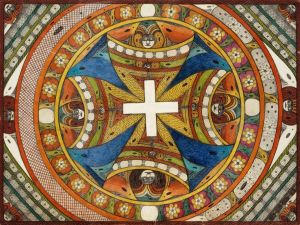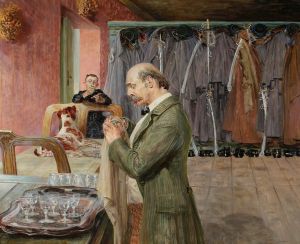
Stadt Bern, No. 4
A hand-painted replica of Adolf Wölfli’s masterpiece Stadt Bern, No. 4, meticulously crafted by professional artists to capture the true essence of the original. Each piece is created with museum-quality canvas and rare mineral pigments, carefully painted by experienced artists with delicate brushstrokes and rich, layered colors to perfectly recreate the texture of the original artwork. Unlike machine-printed reproductions, this hand-painted version brings the painting to life, infused with the artist’s emotions and skill in every stroke. Whether for personal collection or home decoration, it instantly elevates the artistic atmosphere of any space.
Adolf Wölfli (1864–1930) was a Swiss artist known for his prolific output of intricate and highly detailed works, often categorized as Art Brut or Outsider Art. His work "Stadt Bern, No. 4" is one of the many pieces he created during his time at the Waldau Clinic, a psychiatric institution in Bern, Switzerland, where he spent the majority of his adult life after being institutionalized in 1895.
"Stadt Bern, No. 4" is part of Wölfli's larger body of work, which often combined visual art with text, music, and fantastical narratives. Wölfli's art is characterized by its dense, symmetrical compositions, vivid use of color, and incorporation of symbols, numbers, and musical notations. His works frequently depict imaginary maps, architectural structures, and abstract patterns, reflecting his inner world and complex imagination.
This particular piece, like much of Wölfli's oeuvre, is believed to be part of his autobiographical epic, in which he reimagined his life story through a fictionalized and grandiose lens. In his works, Wölfli often portrayed himself as a heroic figure or ruler of an imaginary empire. "Stadt Bern, No. 4" likely references the Swiss capital of Bern, though it is not a realistic depiction of the city. Instead, it is a fantastical interpretation, filled with intricate details and layered imagery that blend reality with imagination.
Wölfli's art was largely created using simple materials such as pencils, colored pencils, and paper, which were provided to him during his time at the clinic. Despite the constraints of his environment, he produced an astonishingly vast and complex body of work, consisting of thousands of pages of drawings, writings, and musical compositions.
The significance of "Stadt Bern, No. 4" lies in its representation of Wölfli's unique artistic vision and his ability to create an elaborate and cohesive universe within the confines of his institutionalized life. His work was later brought to wider attention by psychiatrist Walter Morgenthaler, who published a book about Wölfli in 1921 titled Ein Geisteskranker als Künstler ("A Psychiatric Patient as Artist"). This publication played a key role in introducing Wölfli's art to the public and establishing his legacy as one of the pioneers of Outsider Art.
Today, Adolf Wölfli's works, including "Stadt Bern, No. 4," are celebrated for their originality and complexity. They are housed in various collections, with a significant portion preserved at the Adolf Wölfli Foundation in the Museum of Fine Arts (Kunstmuseum) in Bern. His art continues to inspire and intrigue audiences, offering a glimpse into the mind of a singularly creative individual.





